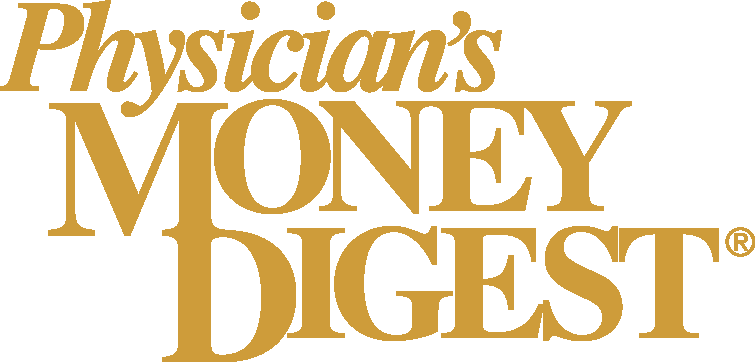Authors
No matching authors found
Try adjusting your search criteria
Advertisement
Advertisement
Trending on Medical Economics
1
Missouri man sentenced in $174M genetic testing fraud; half of U.S. adults plan to try New Year’s diets; new transplant shows promise in aplastic anemia – Morning Medical Update
2
FDA grants Breakthrough Device status to Nephrodite's implantable continuous dialysis system
3
How to catchup on your retirement savings
4
Patients want fast access, familiar faces and in-person care
5






